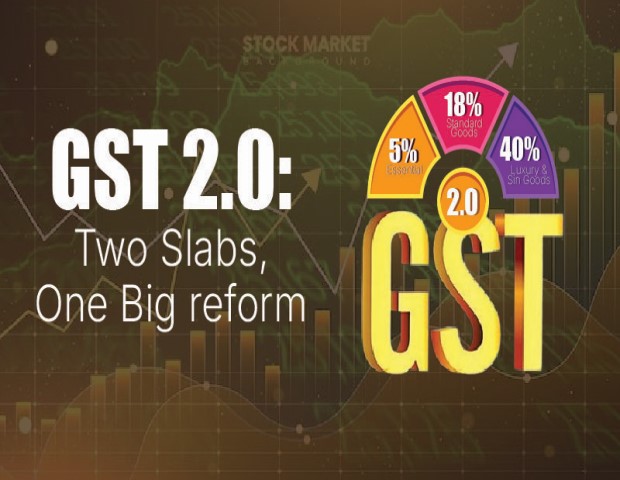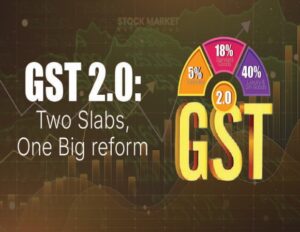
How New GST Will Effect on Farmers
The recent announcement by Union Agriculture and Rural Development Minister Shri Shivraj Singh Chouhan highlights the far-reaching impact of the new Goods and Services Tax (GST) reforms on India’s agricultural sector. The reforms are being projected as a major relief for farmers, particularly small and medium cultivators, by lowering costs of inputs, machinery, and allied services.
1. Reduced Cost of Agricultural Equipment
One of the most significant changes is the reduction of GST on agricultural machinery and equipment from 18% to 5%. This is expected to make tractors, harvesters, seed drills, threshers, paddy planters, and other farm implements much cheaper. The Minister presented detailed savings on machinery, ranging from ₹25,000 to over ₹63,000 on tractors of different capacities, and additional savings on smaller tools like weeders, tillers, and seeders. Lower machinery costs will enable more farmers to mechanize their farms, thereby reducing labor dependency and improving productivity.
2. Cheaper Inputs: Fertilizers, Pesticides, and Bio-nutrients
GST reduction on raw materials for fertilizers such as ammonia, sulphuric acid, and nitric acid—from 18% to 5%—will lower production costs of fertilizers and ultimately make them more affordable for farmers. Similarly, bio-pesticides and micro-nutrients now attract a lower tax, encouraging farmers to shift towards organic and natural farming practices. This aligns with the government’s long-term vision of promoting sustainable agriculture.
3. Boost to Dairy and Allied Sectors
The dairy industry stands out as a major beneficiary, with milk and cheese being exempted from GST. Reduction in taxes on ghee, butter, milk cans, and other dairy-related items is expected to benefit cattle rearers and milk producers by lowering costs and increasing demand for dairy products. Allied sectors like fish farming, beekeeping, and honey production will also gain from reduced GST rates on preserved fish, natural honey, and other processed products.
4. Support for Rural Women and Self-Help Groups
Women self-help groups engaged in handicrafts, dairy products, and small-scale food processing will benefit directly from lower GST on preserved fruits, vegetables, and rural goods. This aligns with the government’s “Lakhpati Didi” movement, aimed at enhancing rural women’s incomes and entrepreneurship opportunities.
5. Encouragement for Integrated and Organic Farming
By reducing GST on organic inputs and irrigation equipment such as drip irrigation systems, the reforms promote integrated farming practices. Farmers can now diversify into animal husbandry, agro-forestry, and fish farming with lower operational costs. This will not only boost productivity but also improve resilience against risks from mono-cropping.
6. Broader Rural Impact
GST reduction on cement and iron is expected to lower the cost of rural infrastructure projects under schemes like the Pradhan Mantri Awas Yojana. Affordable construction materials will ease the development of housing, schools, anganwadis, and Panchayat Bhawans in rural India. Thus, the reforms go beyond farming to strengthen rural livelihoods and infrastructure.
7. Economic Multiplier Effect
The overall reduction in agricultural costs is expected to increase farmers’ profitability. More disposable income in the hands of farmers and rural households will generate higher demand in markets, thereby boosting the rural economy and contributing to national economic growth.
Conclusion
The new GST reforms represent a significant policy shift aimed at reducing farmers’ input costs, enhancing profitability, and promoting sustainable agricultural practices. By making equipment, fertilizers, dairy products, and allied services cheaper, these measures not only strengthen farming but also empower rural communities, particularly women-led self-help groups. If implemented effectively, the reforms could pave the way for integrated, sustainable, and more profitable agriculture in India.
Lorem ipsum dolor sit amet, consectetur adipiscing elit. Ut elit tellus, luctus nec ullamcorper mattis, pulvinar dapibus leo.

